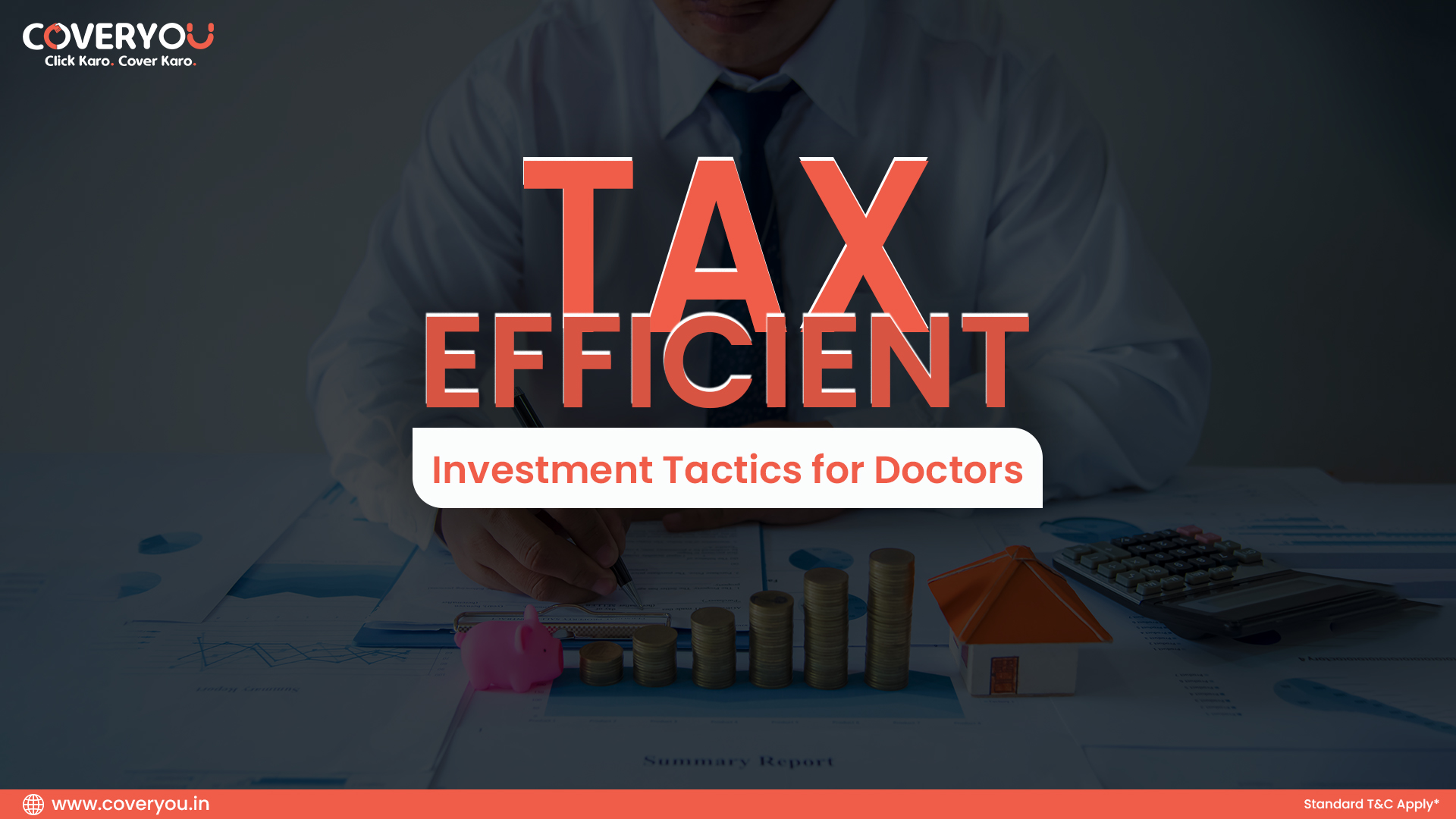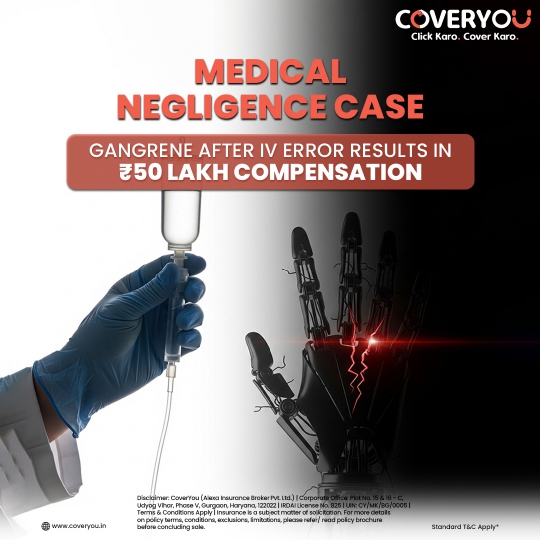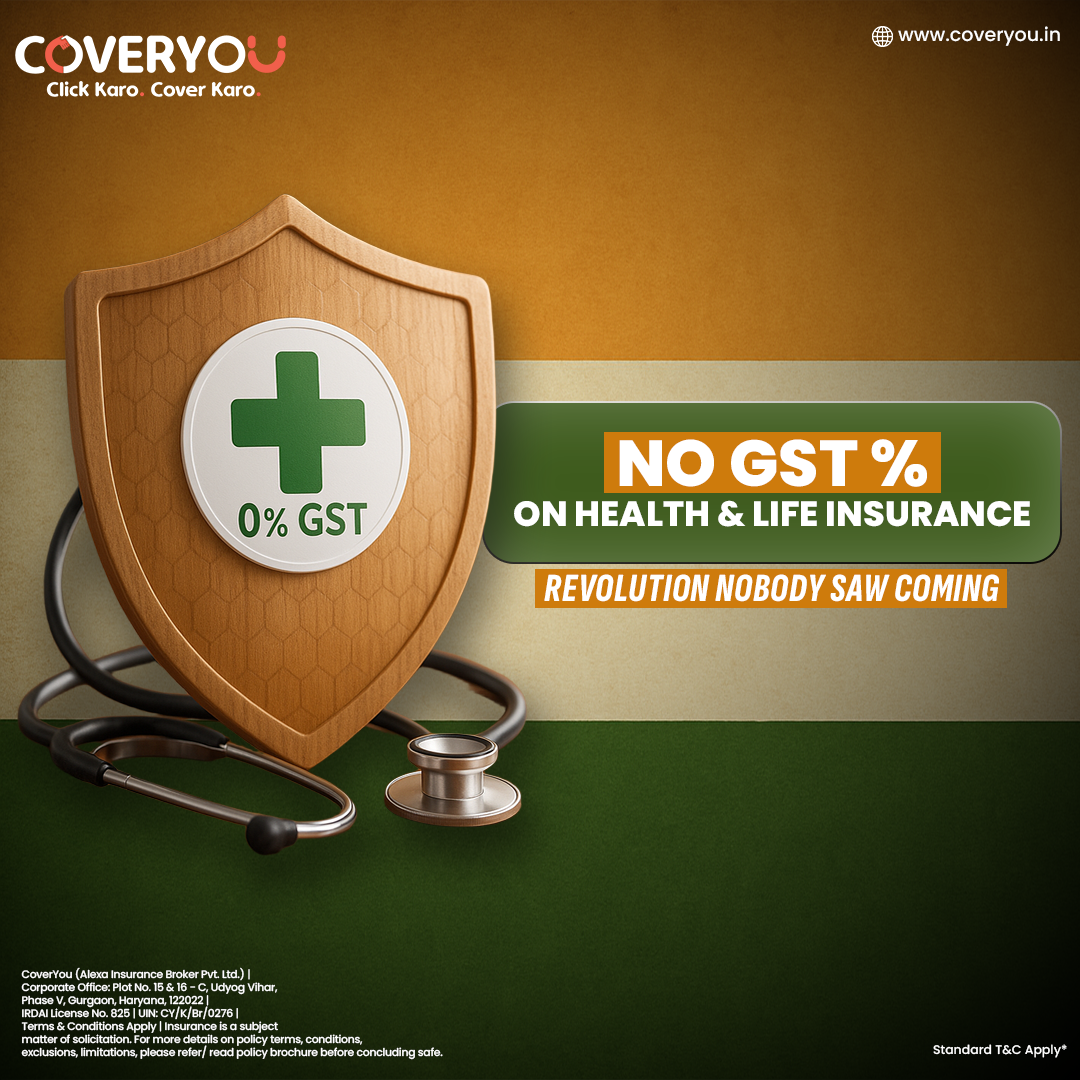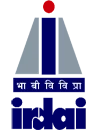Doctors, with their high earning potential, often face significant tax liabilities. Without strategic tax planning, a substantial portion of their hard-earned income could be lost to taxes. This guide explores the most effective tax-efficient investment tactics for doctors, enabling them to maximize wealth while minimizing tax burdens.
Understanding the Tax Landscape for Doctors
Medical professionals typically fall into the highest income tax brackets due to their lucrative careers. This makes tax-efficient investing crucial. Unlike salaried employees with limited deductions, doctors can leverage multiple tax-saving strategies, including deductions, exemptions, and investment-linked tax benefits.
1. Utilizing Section 80C to the Fullest
Under Section 80C of the Income Tax Act, doctors can claim deductions of up to ₹1.5 lakh per annum through various investments. Equity-Linked Savings Schemes (ELSS) provide tax benefits along with high growth potential, while Public Provident Fund (PPF) offers a secure, long-term savings avenue with tax-free interest. Additionally, the National Pension System (NPS) allows an extra ₹50,000 deduction under Section 80CCD(1B), and Life Insurance Premiums ensure financial security while reducing taxable income.
ELSS has the shortest lock-in period (3 years) compared to PPF (15 years), making it a more liquid option. PPF and NPS are more suitable for risk-averse doctors, while ELSS caters to those comfortable with market fluctuations.
2. Maximizing Section 80D – Health Insurance Deductions
Doctors should take advantage of Section 80D, which allows deductions on health insurance premiums. They can claim up to ₹25,000 for themselves, spouse, and children, and an additional ₹25,000 for parents below 60. If parents are senior citizens, the deduction extends up to ₹50,000, making health insurance a crucial tax-saving tool. Given the rising cost of healthcare, doctors must ensure they have comprehensive health insurance to claim maximum deductions while protecting their future. For those with senior citizen parents, purchasing a high-coverage policy can significantly reduce taxable income.
3. Leverage Depreciation on Medical Equipment
Doctors running private clinics or hospitals can claim depreciation on medical equipment, reducing taxable income. High-value medical assets such as MRI and CT scan machines, ultrasound equipment, and dental chairs qualify for substantial depreciation benefits, leading to tax savings.
Medical equipment is usually eligible for accelerated depreciation, allowing doctors to claim higher deductions early. Investing in state-of-the-art medical technology not only ensures better patient care but also reduces taxable profits.
4. Tax-Free Bonds and Fixed-Income Instruments
Doctors seeking stable, tax-efficient returns can invest in Tax-Free Bonds, issued by government-backed entities, ensuring zero tax on interest earned. Other options include Sukanya Samriddhi Yojana (SSY) for those with daughters, and Senior Citizens’ Savings Scheme (SCSS), ideal for retired doctors looking for safe, tax-efficient income.
While tax-free bonds are secure, they often offer lower interest rates than taxable alternatives. Doctors nearing retirement should balance between growth-oriented and fixed-income investments.
5. Real Estate Investments & Rental Income Optimization
Investing in real estate provides tax benefits through Home Loan Interest Deductions (Section 24) of up to ₹2 lakh. Additionally, depreciation on rental property and joint ownership with a spouse can help reduce individual tax burdens, optimizing overall tax efficiency.
Real estate is a long-term investment with illiquidity risks; hence, diversification is crucial. Doctors should avoid over-leveraging in property investments due to fluctuating real estate cycles.
6. Setting Up a Professional LLP or Private Limited Company
Many self-employed doctors can save taxes by forming a Limited Liability Partnership (LLP) or Private Limited Company, which helps reduce personal tax liabilities. These structures allow doctors to claim business expenses, depreciation, and operational deductions while benefiting from lower corporate tax rates compared to high individual tax slabs.
Structuring income through an LLP can be beneficial but requires professional tax advisory to avoid compliance issues. Doctors should evaluate the administrative and regulatory costs before setting up a company.
Conclusion
Tax-efficient investing is essential for doctors to preserve wealth and secure financial independence. By strategically leveraging tax-saving investments, optimizing deductions, and considering business structuring, doctors can significantly reduce tax liabilities while growing their wealth. Consulting with a tax professional can further refine and personalize these strategies for maximum benefit.
















